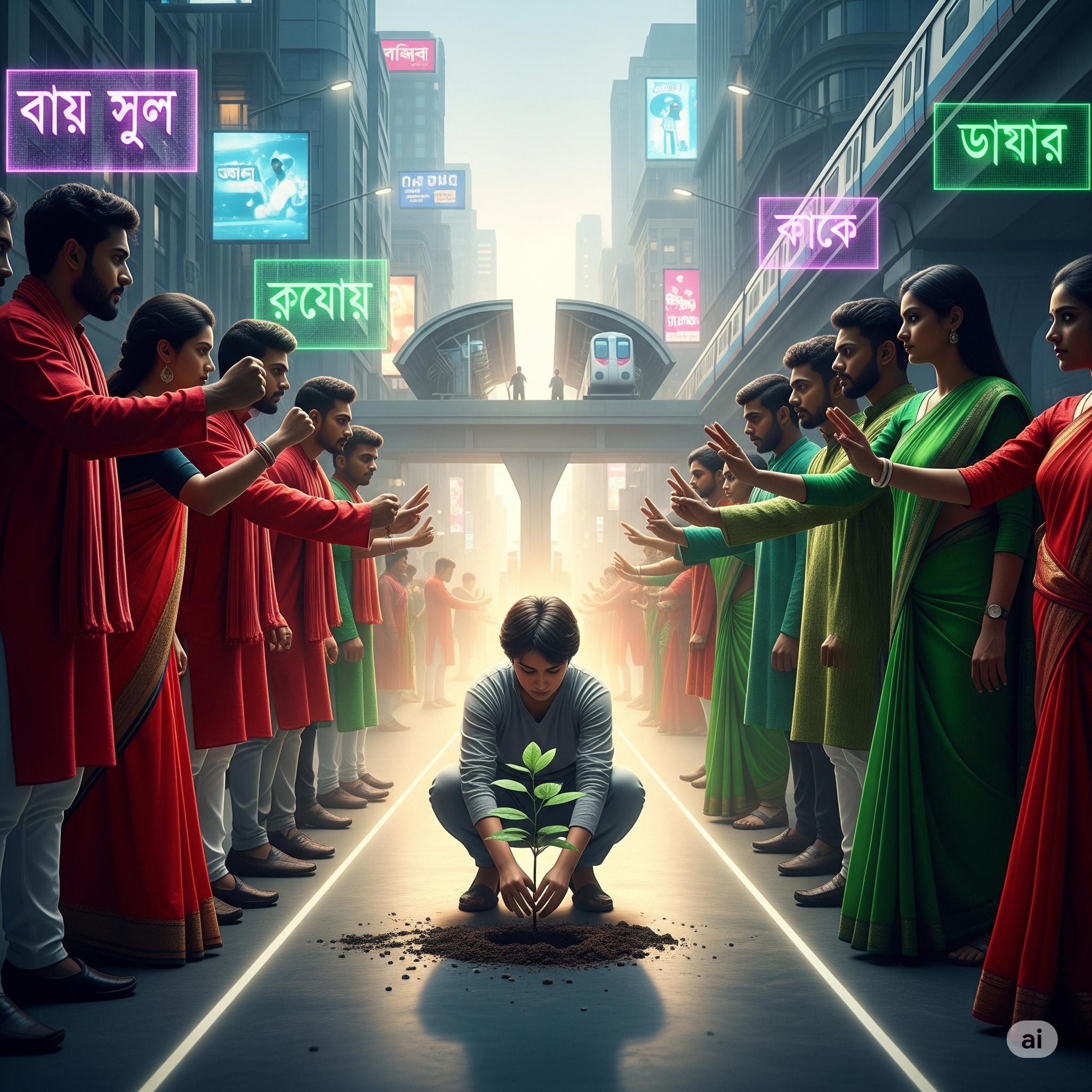
The Clash of Political Ideologies in West Bengal: A Future Perspective
Key Metrics:
- Lok Sabha Seats: 42 (third highest in India)
- Rajya Sabha Seats: 16
- Population: Over 100 million (2025 estimate)
- Literacy Rate: 76.3% (2023 estimate)
- GDP Contribution: ₹16.97 lakh crore (FY 2023-24)
- Major Political Forces: Trinamool Congress (TMC), Bharatiya Janata Party (BJP), Indian National Congress (INC), and the Left Front
Kolkata, 2025 — West Bengal’s political landscape has been a battleground of contrasting ideologies, from its Leftist legacy to the rise of the Trinamool Congress and the growing presence of the BJP. These ideological clashes reflect the state’s socio-political complexities and raise critical questions about its future governance and role in national politics. This article explores the evolution, current dynamics, and future implications of these ideological battles in West Bengal.
A Legacy of Leftist Dominance
- The Rise of Marxist Ideology
- Three Decades of Rule: The Left Front, led by the Communist Party of India (Marxist), governed West Bengal for over 34 years, emphasizing land reforms, labor rights, and grassroots governance.
- Impact on Society: This era ingrained a culture of social equity, prioritizing the welfare of marginalized communities and shaping the state’s political discourse.
- Decline and Challenges
- Loss of Ground: The Left’s inability to adapt to changing economic aspirations and urbanization led to its diminishing influence, paving the way for new political forces.
- Economic Stagnation: Critics argue that the Left’s policies contributed to industrial decline, particularly in the once-thriving jute and manufacturing sectors.
Trinamool Congress: The Rise of Regionalism
- Mamata Banerjee’s Leadership
- Populist Agenda: The TMC, under Mamata Banerjee, shifted focus to welfare schemes like Kanyashree, Sabooj Sathi, and Duare Sarkar, prioritizing grassroots empowerment and regional pride.
- Regional Identity: The party’s emphasis on Bengali culture and federalism redefined the state’s political narrative, creating a counterweight to centralized governance.
- Challenges to TMC’s Dominance
- Allegations of Corruption: Accusations of corruption and nepotism have raised questions about the party’s governance model.
- Political Violence: Frequent reports of political clashes between the TMC and opposition parties, particularly the BJP, have drawn criticism from civil society.
The BJP’s Growing Influence
- Nationalist Ideology
- Inroads into Bengal: The BJP’s focus on Hindutva and nationalism has gained traction in parts of West Bengal, challenging the secular and inclusive narratives of the Left and TMC.
- Electoral Gains: The party’s performance in the 2019 Lok Sabha elections, winning 18 seats, marked a significant shift in the state’s political landscape.
- Resistance and Criticism
- Cultural Disconnect: The BJP’s emphasis on national identity often clashes with West Bengal’s regional pride and linguistic identity, creating friction with local electorates.
- Polarization Accusations: Critics argue that the party’s rise has contributed to increased communal tensions in the state.
Future Implications of Ideological Clashes
- Impact on Governance
- Policy Stalemates: Ideological divisions among major parties often lead to policy deadlocks, delaying critical infrastructure and welfare projects.
- Focus on Populism: Competing for voter loyalty, parties may prioritize short-term populist measures over long-term development strategies.
- Shaping National Politics
- Coalition Dynamics: West Bengal’s ideological diversity adds complexity to national coalition politics, influencing the balance of power in Parliament.
- Cultural and Federalism Advocacy: The state’s resistance to cultural homogenization and emphasis on federalism may inspire similar movements in other regions.
Opportunities Amidst Ideological Clashes
- A Platform for Debate
- Vibrant Political Culture: West Bengal’s political diversity fosters healthy debate on governance models, from socialism to regionalism and nationalism.
- Innovative Policies: The clash of ideologies often leads to policy innovations, as parties strive to outdo each other in addressing public needs.
- Youth and Grassroots Engagement
- Emerging Voices: Increased political awareness among youth and grassroots activists offers hope for a more participatory democracy.
- Issue-Based Politics: Shifting focus from identity-based politics to issue-based governance could redefine West Bengal’s political trajectory.
Conclusion: A State at the Crossroads
West Bengal’s political landscape, shaped by decades of ideological clashes, stands at a critical juncture. The interplay between Leftist ideals, regional pride, and nationalist ambitions reflects the state’s unique socio-political fabric. As these forces continue to compete, the challenge lies in transcending polarization to achieve inclusive development and sustainable governance. West Bengal’s political journey will not only define its future but also influence India’s broader democratic and cultural narrative.


